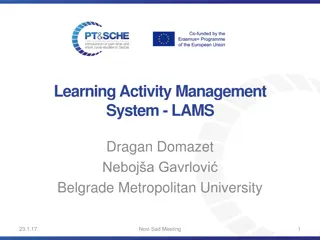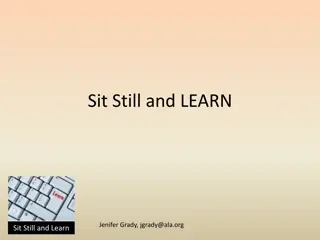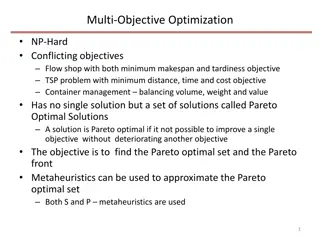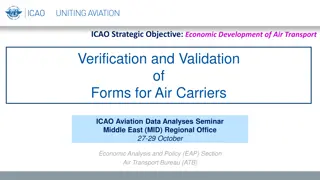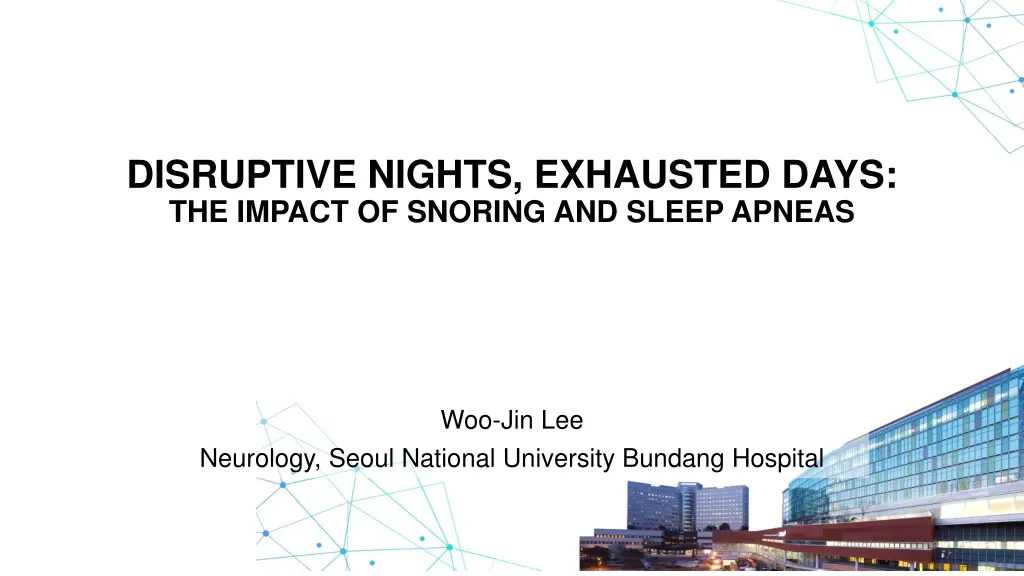
Impact of Snoring and Sleep Apneas: Understanding Treatment Options
Explore the challenges of managing obstructive sleep apnea (OSA) with neurodegenerative or cardiac comorbidities, and learn about alternative strategies beyond CPAP therapy. Tailored approaches based on underlying disease mechanisms are vital for improved respiratory and systemic outcomes.
Download Presentation

Please find below an Image/Link to download the presentation.
The content on the website is provided AS IS for your information and personal use only. It may not be sold, licensed, or shared on other websites without obtaining consent from the author. If you encounter any issues during the download, it is possible that the publisher has removed the file from their server.
You are allowed to download the files provided on this website for personal or commercial use, subject to the condition that they are used lawfully. All files are the property of their respective owners.
The content on the website is provided AS IS for your information and personal use only. It may not be sold, licensed, or shared on other websites without obtaining consent from the author.
E N D
Presentation Transcript
DISRUPTIVE NIGHTS, EXHAUSTED DAYS: THE IMPACT OF SNORING AND SLEEP APNEAS Woo-Jin Lee Neurology, Seoul National University Bundang Hospital
Disclosure Nothing to disclose
Learning objectives Recognize causes of inadequate CPAP control in OSA with neurodegenerative or cardiac comorbidities Understand the impact of increased physiologic dead space on CPAP efficacy Review medical and ventilatory treatment options beyond standard CPAP
Key message OSA with neurodegenerative or cardiac comorbidities often shows suboptimal response to CPAP, requiring individualized evaluation. Alternative strategies such as adaptive servo-ventilation, bilevel PAP, and adjunctive medications may be needed for optimal management. Tailored approaches based on underlying disease mechanisms are essential to improve both respiratory outcomes and systemic disease control.









